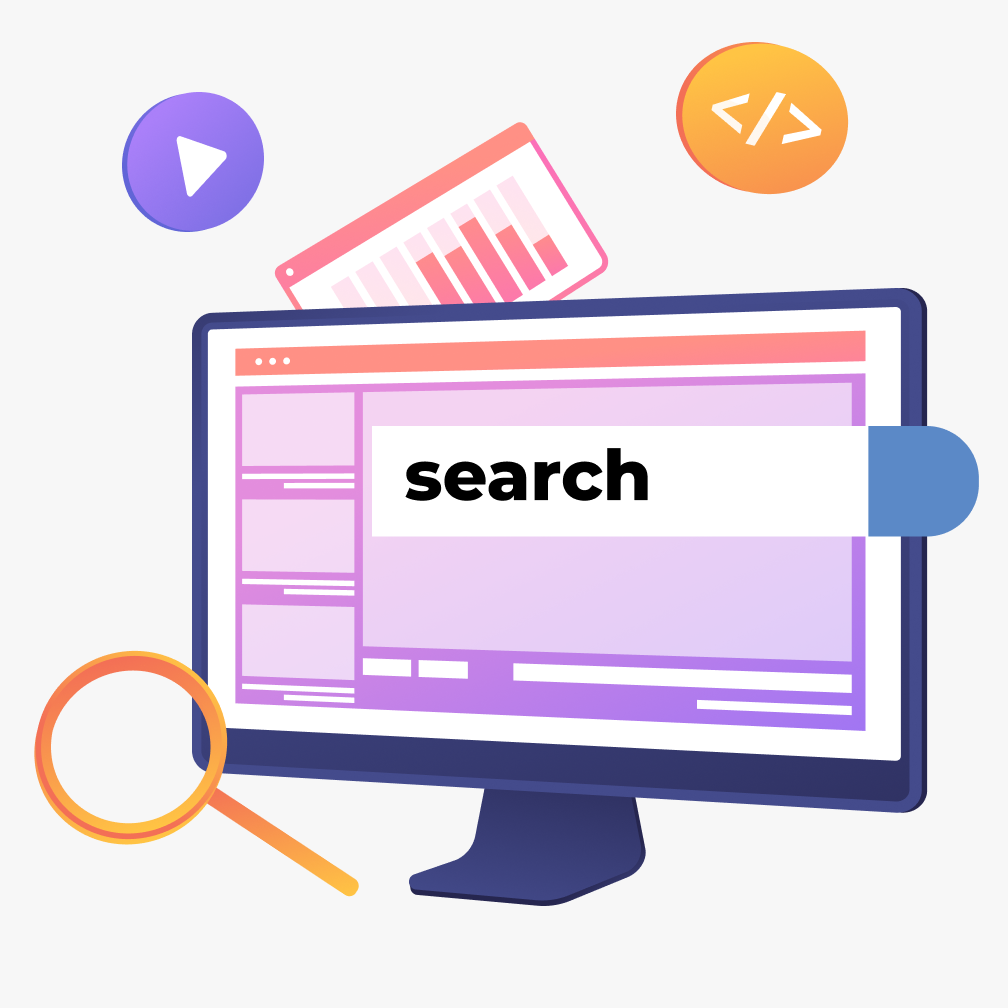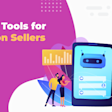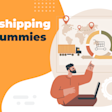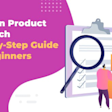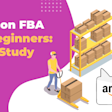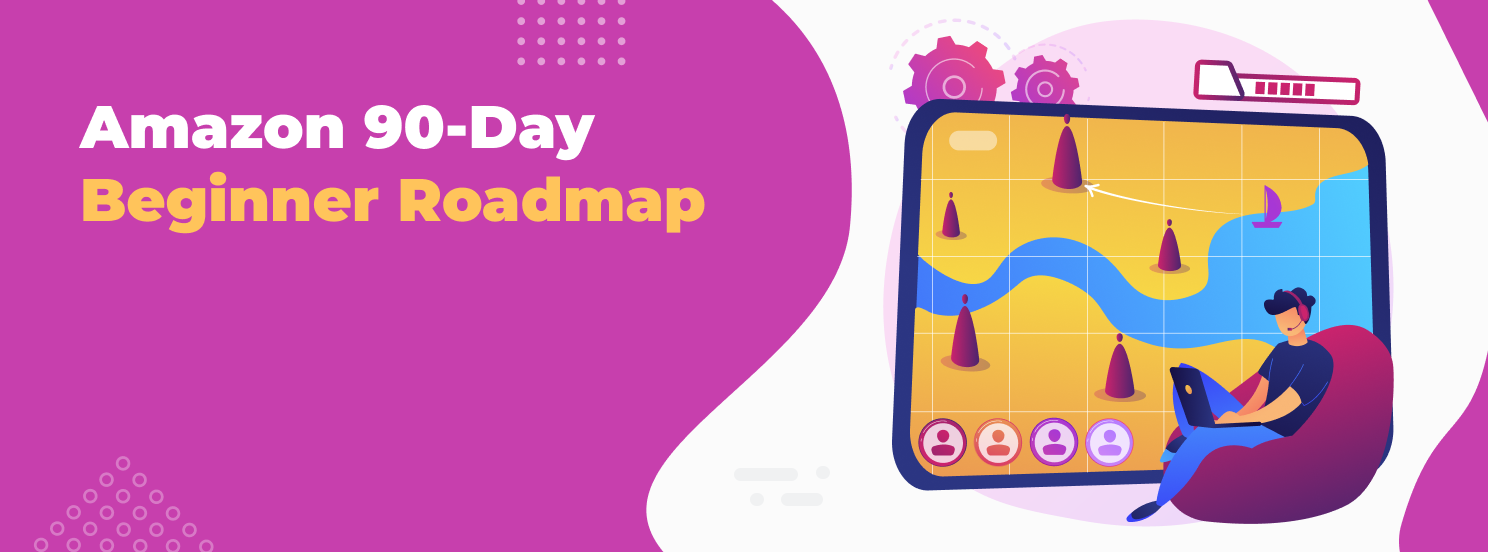
How to Launch Your First Amazon Private Label Business in 90 Days
Building a private label brand on Amazon is one of the most rewarding opportunities in e-commerce today, but it’s also a journey that requires focus and direction. For beginners, the first 90 days can be the difference between momentum and missed chances. With AMZScout’s data-driven tools and a clear roadmap, new sellers can approach this critical stage with confidence, laying the foundation for a sustainable and profitable Amazon business in 2025.
Table of contents
Days 1–30: Setup & Research
The first month is all about laying the foundation: opening your Amazon Seller account, getting comfortable with the platform, and beginning the search for your first winning product. By the end of this stage, you should feel confident navigating Seller Central and have a shortlist of product ideas ready for deeper evaluation.
Step 1. Set up your Amazon Seller Account
The first step to selling on Amazon is opening your Seller Central account. You’ll need to decide between two plan types:
Individual Plan: Best if you’re just testing the waters with fewer than 40 sales per month.
Professional Plan: Recommended if you plan to sell seriously from the start, as it unlocks PPC advertising, advanced reports, and other useful features.
Have your documents ready before you start the registration process. Amazon typically requires a valid passport or government-issued ID, plus a recent utility bill or bank statement to verify your identity and address. Setting this up correctly from the beginning saves time and avoids approval delays later.
Step 2. Learn the platform
Once your account is active, spend some time getting familiar with the Seller Central dashboard. This is where you’ll manage inventory, track orders, run ads, and review performance reports. Amazon also offers free tutorials and guides that walk you through the basics of selling. These are invaluable for beginners and can shorten your learning curve significantly.
Step 3. Product Research with AMZScout
Product research is the cornerstone of your first month. Using AMZScout’s Product Database, filter results by category, price range, demand, and number of reviews to uncover potential opportunities. Aim to shortlist 20–30 product ideas that look promising.
Next, use the AMZScout PRO AI Extension directly on Amazon listings to dig deeper. Check for:
Monthly sales and revenue to confirm demand.
Review counts as an indicator of competition.
Seasonality through historical sales charts, so you don’t pick a product that only sells during holidays.
As you evaluate, eliminate any products with extremely high competition (1,000+ reviews), razor-thin margins, or restrictions that could block your launch. The goal is to focus on products with steady demand and room for new sellers to compete.
Step 4. Budget planning
Before moving forward, run the numbers. Use the AMZScout FBA Calculator to estimate costs and profit margins, factoring in Amazon fees, shipping, and production expenses. A good rule of thumb is to choose 2–3 products with at least 30% ROI and consistent demand of 300+ monthly sales. This ensures you’re not just chasing an idea, but setting up a business model that can scale profitably.
By the end of these first 30 days, you’ll have your seller account ready, a working knowledge of Amazon’s platform, and a shortlist of validated product ideas, putting you in the perfect position to move into sourcing and logistics in the next stage.
Days 31–60: Sourcing & Logistics
With your product ideas in hand, the next 30 days focus on turning research into reality. This stage is all about finding reliable suppliers, testing samples, and preparing your first shipment. How you handle sourcing and logistics now will shape the quality of your product and the smoothness of your launch.
Step 1. Find suppliers
The most common place to start is Alibaba, where you’ll find thousands of manufacturers catering to private label sellers. If you’re sourcing within China, 1688.com is another option (though it usually requires working through an agent since it’s primarily in Chinese). Depending on your niche, you may also want to explore local wholesalers or domestic manufacturers, especially if faster shipping times give you an edge.
Don’t settle for the first supplier you find. Reach out to at least five suppliers for each product idea, comparing their pricing, communication, and willingness to negotiate. Be sure to discuss minimum order quantities (MOQs) early as some suppliers may be flexible if they see you as a long-term partner, even if your first order is small.
Step 2. Order samples
Samples are a non-negotiable step. Even if a supplier looks perfect on paper, product quality can vary dramatically. Order samples from at least two to three different suppliers and compare them side by side. Pay close attention not only to the product itself, but also to packaging, branding options, and how quickly the supplier responds to feedback. This stage can save you from costly mistakes and ensures that your first customers get a product worth recommending.
Step 3. Logistics decision (FBA vs FBM)
Next, decide how your products will reach customers. For beginners, Fulfillment by Amazon (FBA) is the clear choice. With FBA, Amazon stores your inventory, ships orders, and handles returns, making the process simpler and giving your listings the advantage of Prime shipping eligibility.
That said, some sellers eventually explore Fulfilled by Merchant (FBM) to save on fees or keep tighter control over logistics. But for your first launch, FBA is usually the smartest move. Use the AMZScout PRO AI tool to double-check your margins after FBA fees are applied, ensuring that your product remains profitable once logistics are factored in.
Step 4. First shipment plan
Once you’ve chosen your supplier and logistics method, it’s time to prepare your first shipment. Inside Seller Central, you’ll create a shipping plan that tells Amazon which products are coming and where they should go.
You have two main options for getting products into Amazon’s warehouses:
Direct from supplier to Amazon: A faster option if your supplier is experienced with Amazon shipments.
Through a prep center: Useful if you want products inspected, bundled, or customized before they reach Amazon.
Whichever route you choose, make sure every unit is properly labeled with an Amazon barcode (FNSKU) so it can be scanned and tracked once it arrives at the fulfillment center. Getting the details right at this stage helps avoid costly delays and ensures your inventory is ready to sell as soon as it hits Amazon’s shelves.
By the end of this phase, you’ll have suppliers locked in, samples reviewed, and your first shipment on its way, putting you only weeks away from officially launching your private label brand.
Days 61–90: Launch & Growth
The final stretch of your 90-day roadmap is all about bringing your product to market and building momentum. This phase focuses on creating a high-converting listing, generating those all-important first reviews, and using PPC campaigns to drive sales. With consistent monitoring and adjustments, you’ll set the stage for long-term growth.
Step 1. Build your listing
Your product listing is your storefront. It’s the first impression shoppers get, so every detail matters. A strong listing balances keyword optimization with compelling, customer-focused content:
Title: Use AMZScout’s Keyword Search and ASIN Lookup tools to identify high-demand search terms, then weave them naturally into your title.
Bullet Points: Don’t just list features - highlight the benefits. Instead of saying “stainless steel,” emphasize “durable, rust-resistant design built to last.”
Images: Include one main image on a white background (required by Amazon), plus 5–7 additional shots that mix lifestyle photos, close-ups, and infographics. Images sell products just as much as words, so invest in high-quality visuals.
Step 2. First reviews
Reviews are the lifeblood of Amazon sales. Without them, even the best products struggle to convert. In the early days, focus on building credibility and trust:
Use Amazon’s Request a Review button for every order.
Offer coupons or launch discounts to encourage early purchases.
Deliver outstanding customer support since quick, thoughtful responses can turn a neutral experience into a glowing review.
Even a handful of positive reviews can dramatically improve your conversion rate.
Step 3. Launch PPC campaign
To drive initial traffic, launch Amazon PPC campaigns alongside your listing. Start with an automatic campaign to let Amazon test different keywords and see what performs. Once you have data, build a manual campaign targeting the strongest terms. AMZScout’s Keywords Tool is especially useful here. Keep an eye on your Advertising Cost of Sales (ACOS) and adjust bids as needed to strike the right balance between sales growth and profitability.
Step 4. Monitor performance
Amazon selling is never a “set it and forget it” business. During your launch, track key metrics and make small, consistent adjustments:
Monitor keyword positions with the AMZScout Keywords Tracker to measure organic growth.
Adjust prices, refresh keywords, and tweak PPC bids weekly.
Pay attention to inventory levels as running out of stock during a strong launch can kill momentum.
Step 5. Scale up
As sales begin to stabilize and you’ve earned 20–30 reviews, it’s time to think about growth. Place a reorder early to avoid stockouts, then consider reinvesting profits into higher ad spend on your most profitable keywords. At this point, you can also start exploring additional product opportunities with AMZScout to expand your brand’s catalog.
By the end of 90 days, you’ll have a live Amazon business: a polished listing, real customer reviews, and a steady flow of sales. More importantly, you’ll have the systems in place to keep scaling, turning your first product into the foundation of a long-term private label brand.
Final Thoughts
By following this 90-day roadmap, you’ll move from a complete beginner to a confident Amazon seller with your first product live and generating sales. The journey begins with opening your account and using AMZScout to research and shortlist promising products, then progresses through sourcing, testing, and shipping inventory. Finally, you’ll launch your listings, drive traffic with PPC campaigns, collect early reviews, and set the stage for scaling.
Throughout the process, AMZScout’s tools will guide every step, from uncovering opportunities to monitoring performance, helping you make smarter decisions and build a business that can grow well beyond your first 90 days.


